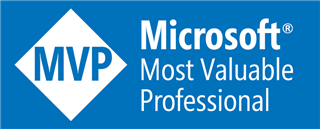
Microsoft a publié la version finale d’Enhanced Mitigation Experience Toolkit (EMET) 5.0. Cet outil permet l’analyse et empêche l’exploitation des vulnérabilités logicielles grâce à des technologies de sécurité. Il adresse notamment la protection contre les logiciels malveillants. L’outil s’adapte à n’importe quel logiciel mais des tests doivent être opérés pour assurer leur fonctionnement. Notez que l’outil ne rendra pas impossible l’exploitation de vulnérabilité mais réduit les risques encourus.
Plus d’informations sur : http://blogs.technet.com/b/msrc/archive/2014/07/31/general-availability-for-enhanced-mitigation-experience-toolkit-emet-5-0.aspx





